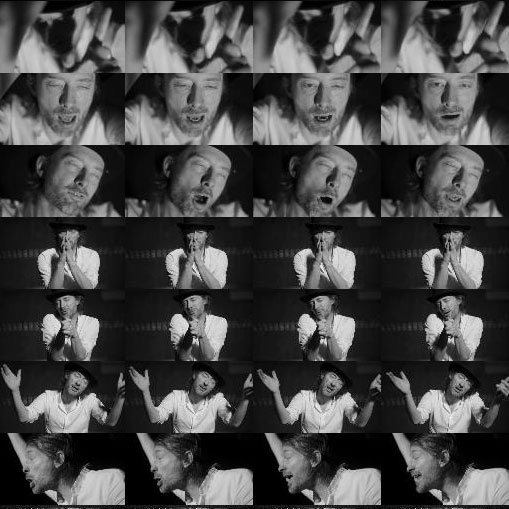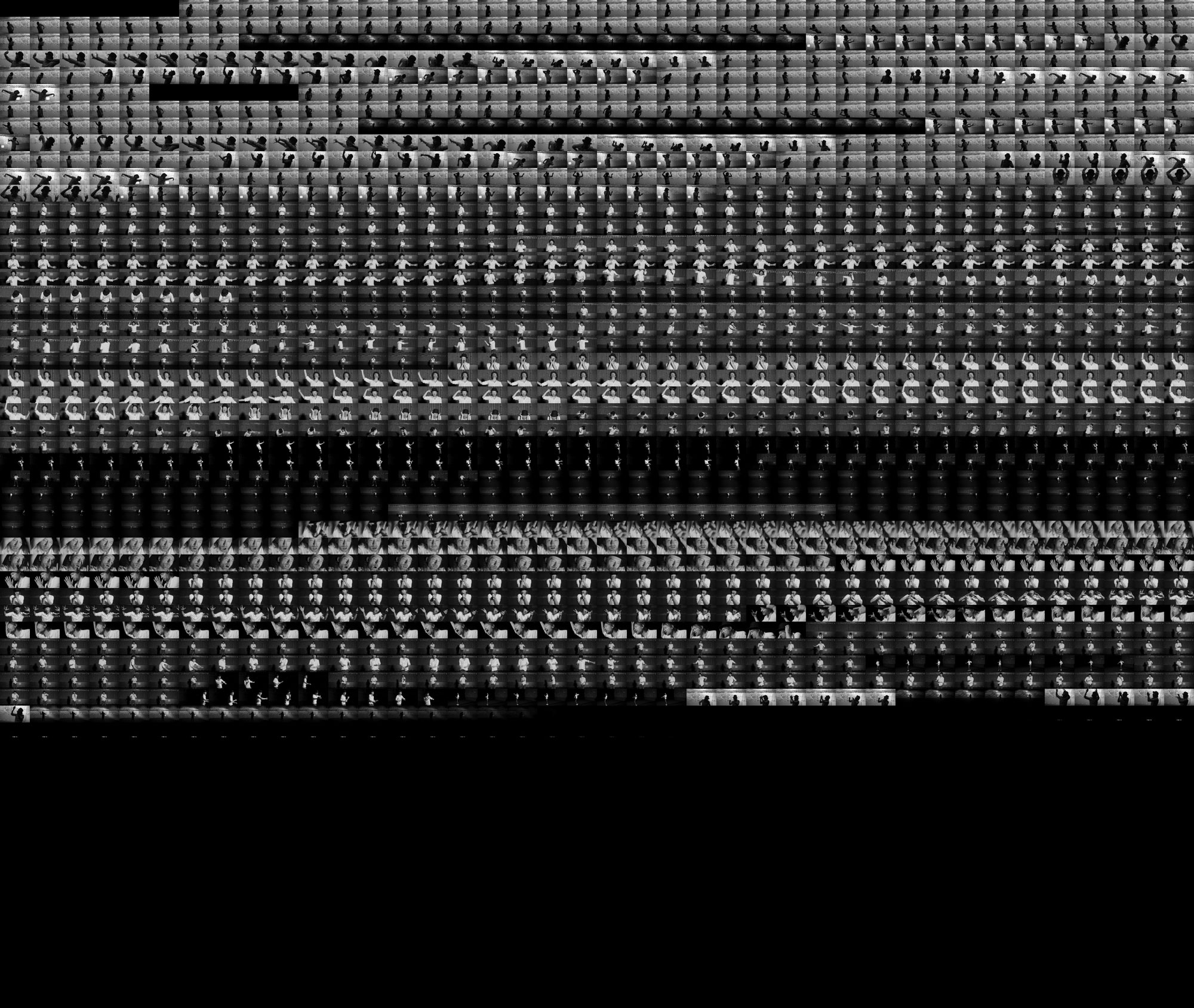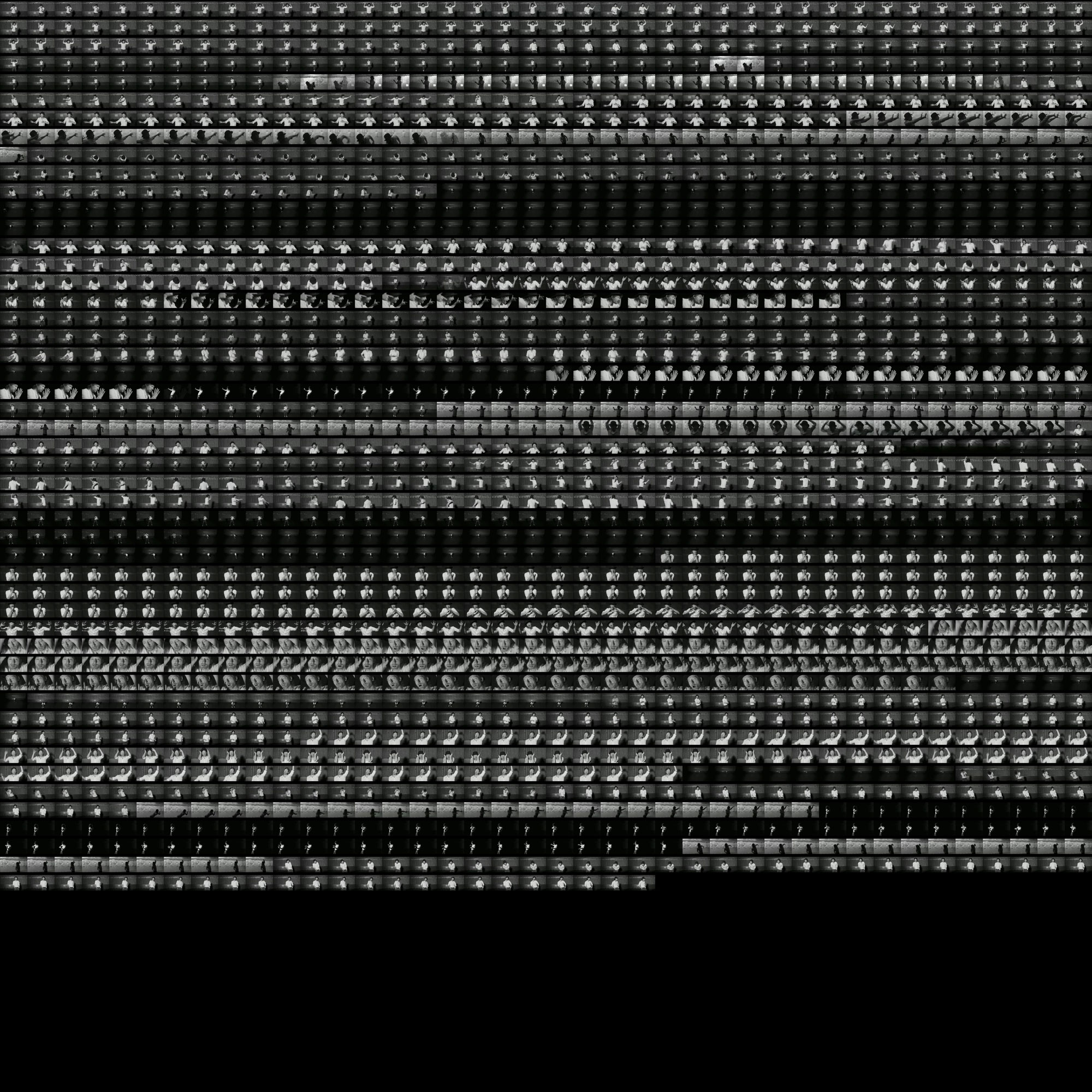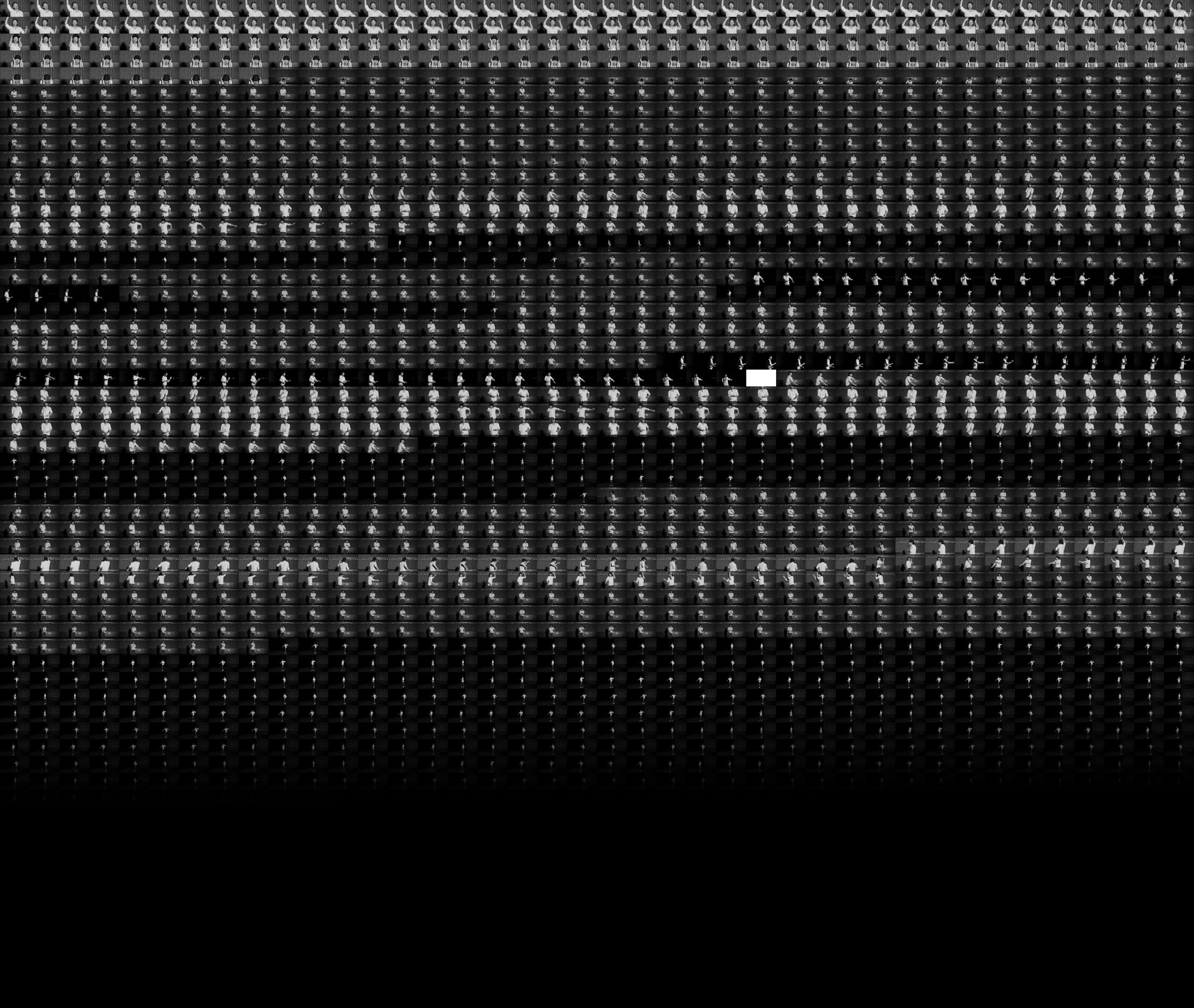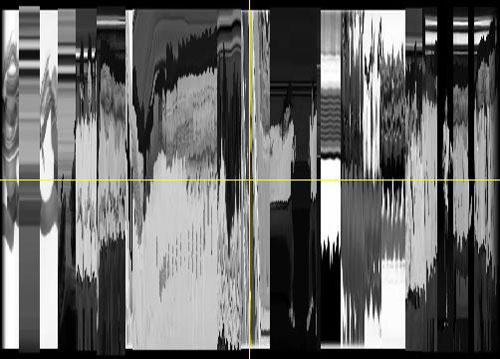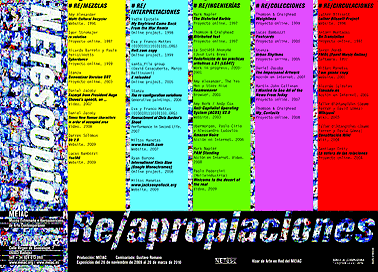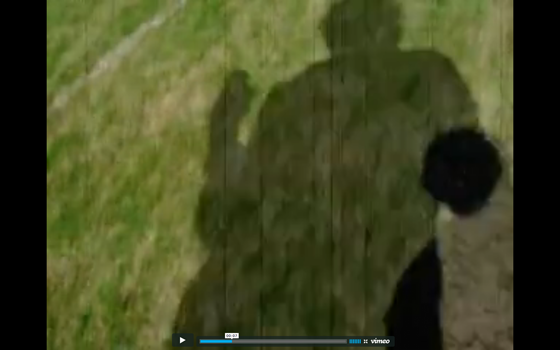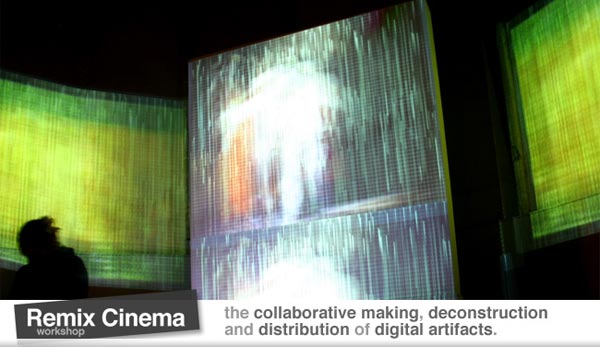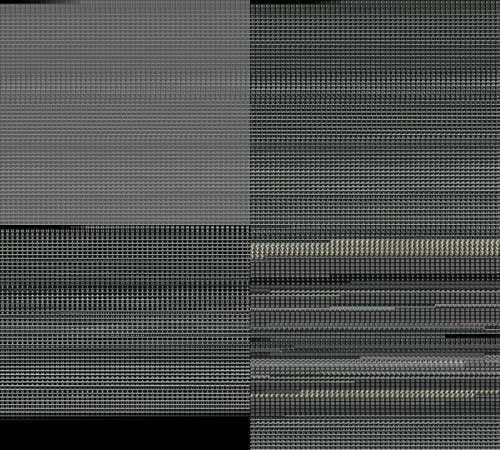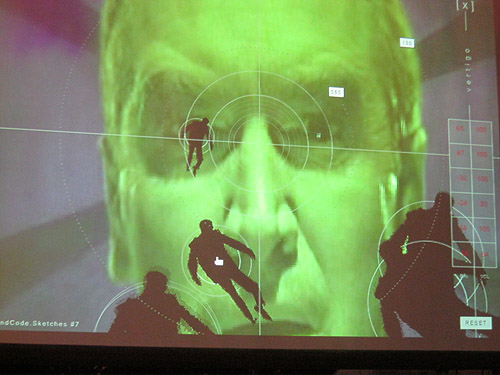Notes on Everything is a Remix, Part 1, 2, and 3
Everything is a Remix Part 1 from Kirby Ferguson on Vimeo.
Everything is a Remix is a four part web-film series directed and produced by Kirby Ferguson. It has been about a year since the first segment (above) was released. Since then, Ferguson has released parts two and three. The fourth and final installment is scheduled to be released this Fall of 2011, and I look forward to viewing it.
When I viewed part one, I really liked it, and thought that the title, while it may sound polemical to some degree (in a tongue-in-cheek sort of way), somewhat falls along the lines of how I view and have been discussing Remix as a form of discourse during the past few years. However, once I viewed the other two segments, I realized that the way some of the material is presented begins to water down the very foundation of the term “remix.”
For this reason, while I do like very much Ferguson’s series, and often share it as a reference with anyone who wants to get a sense of Remix as a form of discourse, I find the need to write down some of the issues that may be overseen in Ferguson’s series.
This oversight perhaps may be in part because short films cannot possibly cover in-depth analysis as a series of texts or a book would. On the other hand, it may be inevitably tempting to make an ever-expanding megamix about culture and media with a generalization that one cannot fully embrace (though in the spirit of remixing can truly like and admire). With both of these possibilities in mind, I briefly share my views on this series.
Everything is a Remix Part 2 from Kirby Ferguson on Vimeo.
The main issue about remixes that comes up, even in the first video, is that there is no explanation of the relation between material sampling and cultural citation. as I previously explained in Regressive and Reflexive Mashups, there is a difference between a Medley and a Megamix: the former is played by a band, while the latter is composed in the studio usually by a DJ producer, who understands how to manipulate breaks on the turntables.
What this means is that a remix in the strict sense of its foundational definition has to be materially grounded on a citation that can be quantified, in other words, measured. This is one of the reasons why DJ producers quickly ran into trouble with copyright law: a lawyer could play a sample from a Hip Hop song, in direct juxtaposition with the originating source of the sample and make evident on purely material grounds that the sample was an act of plagiarism.
But this is not exactly what happened with Led Zeppelin. What happened with Zeppelin, as the example given in Ferguson’s first segment, was straight forward plagiarism within the tradition of covers and knock-offs. Two terms that are also mentioned in the first segment as forms of “legal remixes.” What these forms of recycling content do share with remixes is intertextual citation–the embedding of ideas by way of direct or even indirect reference, which often is not materially grounded, but rather made possible through well calculated emulation.
Everything is a Remix Part 3 from Kirby Ferguson on Vimeo.
The best example of intertextual citation in the postmodern sense would be Quentin Tarantino’s films, which are also mentioned at the end of the credits of part two. Tarantino does not sample directly from the films he references in his own work, but rather recreates the scenes or shots to develop his own narratives. This allows him to claim autonomy of the material, much in the way that Zeppelin (in my view unfairly) can still keep their credibility, perhaps on the ground of reproducing material in a unique way that is their own–even if they failed to cite the sources from which they blatantly stole.
In other words, because, both, Tarantino and Zeppelin don’t materially take, but rather emulate with great precision, their productions are not remixes by definition, but rather informed by principles of Remix as a form of discourse. Their actions are cultural citations. These details are missed, unfortunately, in the first three parts of the series by Ferguson.
Now, as it is already obvious above, I do extend the concept of remix as Remix (with a capital “R”) to pretty much all the areas of culture that Ferguson mentions in his series, including the Apple computer. But when I do this, it is to emphasize that we are functioning under a paradigm ruled by acts of material appropriation and recyclability.
The attitude of remix made possible with the technology first introduced earlier in photo-collage and tape loops and eventually music samplers, has now become an attitude, an aesthetic that informs the way cultural material is produced. But this does not mean that “everything is a remix.” This may appear to be so, but as much as I myself would like this to be the case, it is not. What one could say is that “everything is intertextual,” which is closer to the tradition of sharing ideas in conceptual and material form, prior to the time of modernism. Historically all the material covered by Ferguson is certainly relevant in terms of recyclability, but it does not validate the catch-all statement “everything is a remix.”
Understandably, “everything is intertextual” (which could also be contested if one gets really picky) is not as catchy as “everything is a remix.” To go viral, one must use what is in vogue and quickly understood. Intertextuality had its time in the postmodern period. Now, it appears that remix is the catch all phrase.
And why is it important to point out such nuances that in the end a person enjoying Ferguson’s short films may find too nit-picky? Because if we actually take the time to differentiate the referencing of ideas in conceptual and material form (ideas, and actual products reused) then copyright law may actually be changed. If we keep referencing intellectual production in general fashion as Ferguson’s work unfortunately does, we will not be able to change laws on intellectual property. It is for this reason, only, why I write this entry, because I find that the film series could benefit from understanding the important differences between material samplings and cultural citations.
I should add a note to explain that my concern here is not academic by any means, even though I make a living by working with research institutions. I have been invested in remix culture long before the very term was coined. Before investing myself professionally as a media researcher and artist, I was a DJ for over fifteen years. And for this reason, as much as I would like everything to be a remix, I have to admit that this is not the case. To be blunt, from the point of view of cultural critics who are wary of hegemony, “Everything is a Remix” can be understood as a flip-on-the-script of diversity, paradoxically, to become a totalitarian statement–that anyone who is invested in difference is compelled to resist. I say this understanding that Ferguson probably does not mean it this way, which is why I do share his work as much as I can. Kudos to Ferguson.

